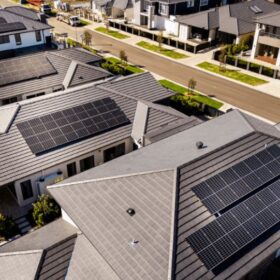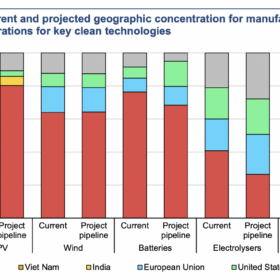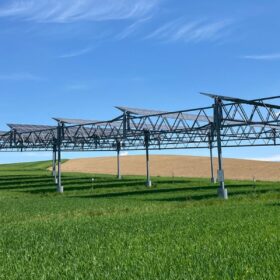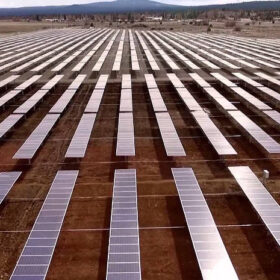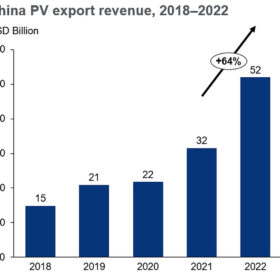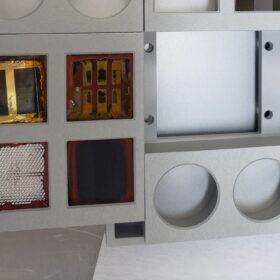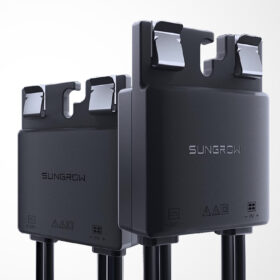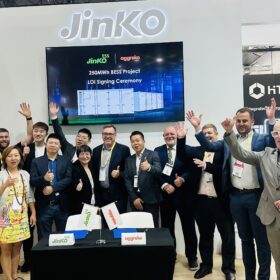Weekend read: Avoiding PV buyer’s remorse
New entrants to solar equipment procurement may be surprised to encounter constantly amended contract terms, index-linked price rises, and near-worthless defect warranties, but they reflect recent supply chain troubles. Clean Energy Associates’ Martin Deak offers a buyers guide.
Solar leads way with renewables on course to shatter deployment records
Large-scale and rooftop solar installations are expected to contribute a record 286 GW of new generation capacity this year with renewable energy on course to shatter global deployment records in 2023.
Global investment in clean energy nearly doubles that of fossil fuels
For every dollar invested in fossil fuels, 1.7 dollars are invested in clean technologies. Five years ago, it was a one-to-one ratio, said the International Energy Agency.
‘Huge subsidy fest’: Australia has the critical materials, but can it compete in the manufacturing race?
A global race is underway to capture the manufacturing market for clean energy technologies. While lady lucky has certainly shone on Australia, competition is fierce, experts say.
Agrivoltaics can mitigate effects of drought
A new study by the University of Hohenheim shows that shading from PV systems can improve agricultural yields, especially in dry periods, but additional research is needed.
Energy majors dominate list of world’s leading big PV developers
Wiki-Solar’s latest league table of utility-scale solar project developers shows that only six renewable specialists occupy the top 20 spots.
Weekend read: the cells of the future
The annual SiliconPV Conference came to TU Delft in the Netherlands in April, and offered an important health check for the science and technology behind solar energy. pv magazine was on site to hear the latest from researchers reaching for higher efficiency through tandem cells and other innovations; looking to understand and mitigate cell degradation mechanisms; and working to cut down solar technology’s consumption of rare and expensive materials.
Chinese solar exports rose by 64% in 2022, says Wood Mackenzie
China exported 154 GW of PV modules, 24 GW of solar cells, and 41 GW of wafers in 2022. In 2026, annual cell and wafer exports could hit 230 GW and module shipments could reach 149 GW, according to Wood Mackenzie.
NASA makes unusual discovery while testing perovskite solar cells in space
US space agency NASA has discovered that perovskite solar cells tested in space exhibit less degradation than reference devices tested on Earth. The agency acknowledged that it is uncertain about the specific factors in the space environment that contributed to the superior performance of the perovskite absorber film.
Sungrow unveils power optimiser for rooftop PV systems
Sungrow’s new power optimiser has a rated input power of 600 W, a maximum efficiency rating of 99.4%, and a weighted efficiency of 98.8%. It can accommodate up to 30 modules per string.

